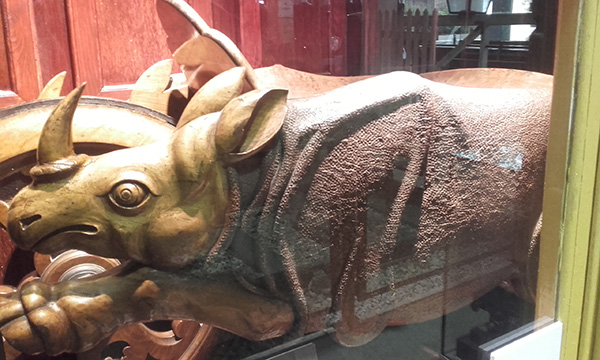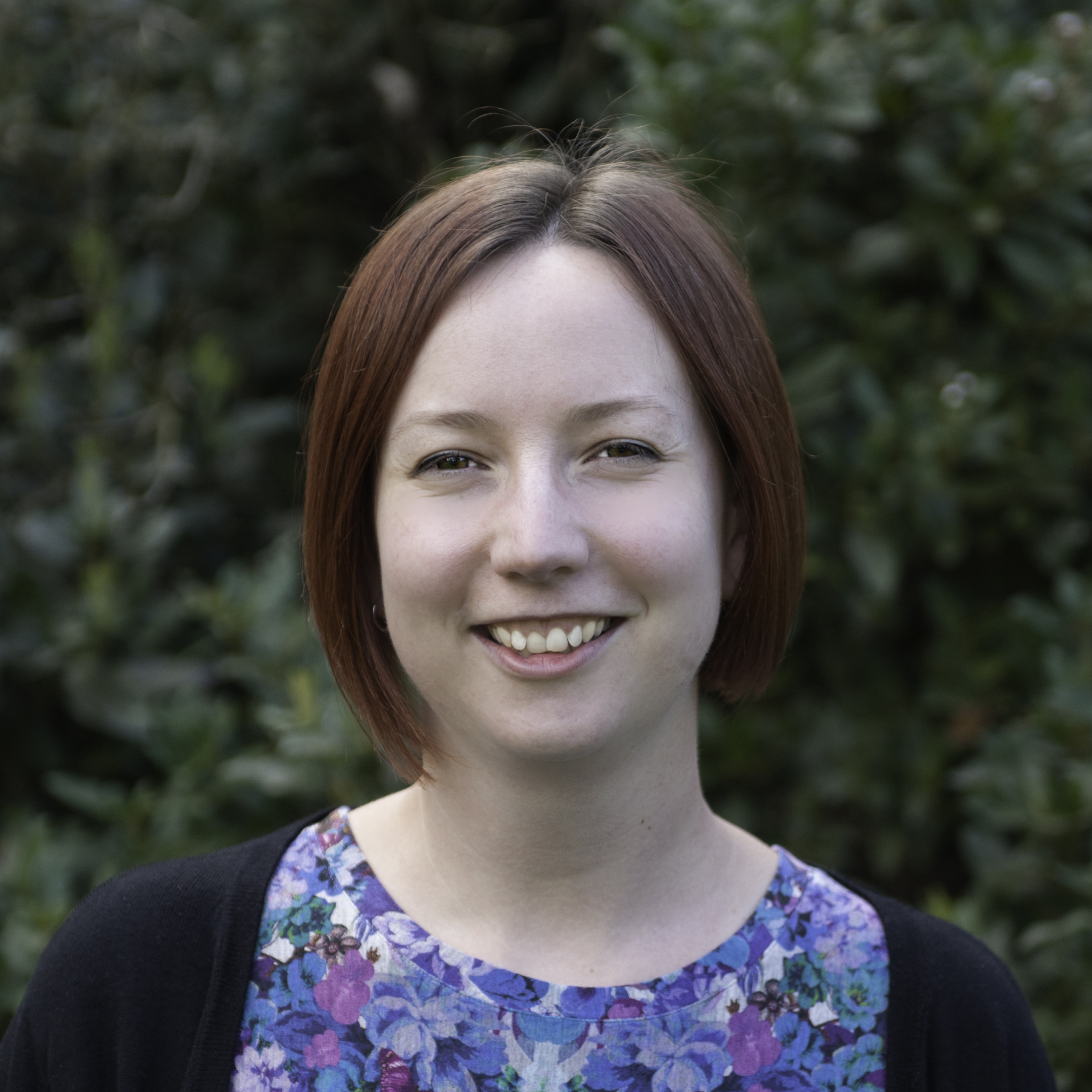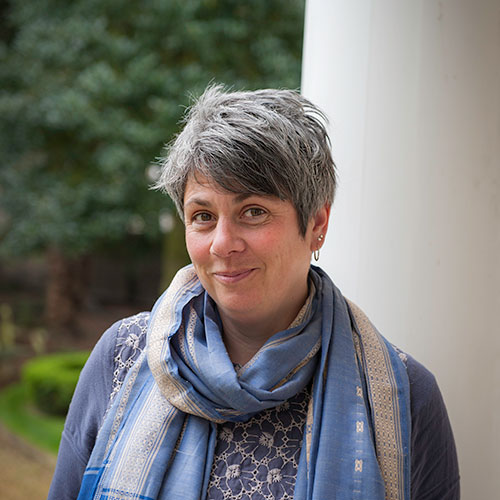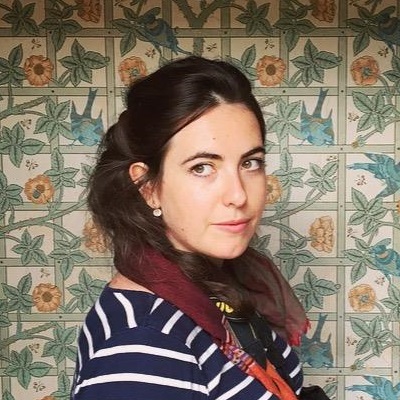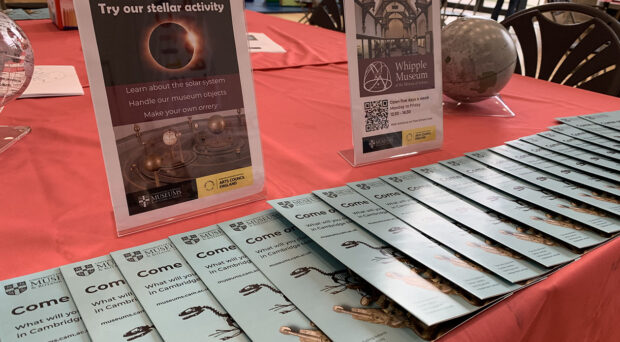This month’s GEM conference in Hull brought together museum educators from across the country. Three members of the University of Cambridge Museums share their thoughts on the conference.
Liz Hide
The keynote by Anra Kennedy of Culture 24 on digital literacy. Creating digital resources is the easiest and most visible way that organisations respond to digital opportunities, but Anra challenged us to think of these shiny outputs in a wider framework, one that recognises the need for organisations to be effective in identifying their digital assets, that values digital culture, and that responds to and manages digital change.
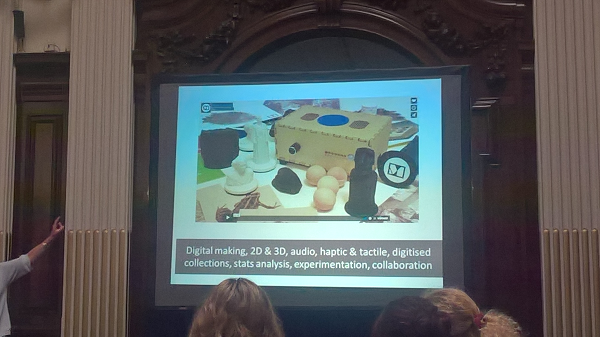
Reflections on partnership working with Jane Avison of Heritage Learning and Lisa Howarth, learning manager of North Lincolnshire Museums Service. The Humber Museums Partnership has developed on a similar timeline to the University of Cambridge Museums partnership. I found it fascinating to hear Jane and Lisa in honest conversation about the challenges and successes of bringing together very different museum services to enable each to deliver more effectively to audiences
Jo McPhee and I delivered a session Cross-disciplinary programming: an opportunity for museums and audiences. As a consortium which includes museums across a wide range of subjects, we reflect quite a lot on what the rich range of subject matter we draw on can mean for our visitors. For example we know that visitors to each museum have different motivations associated with a particular museum’s perceived subject matter. We are interested in how we can help them make connections across subject boundaries and between museums, and how we can help build new visitors’ confidence to visit other museums. The conference workshop was an opportunity to share some of the findings from our audience research, and to explore with participants ways in which programming can help visitors to make connections.
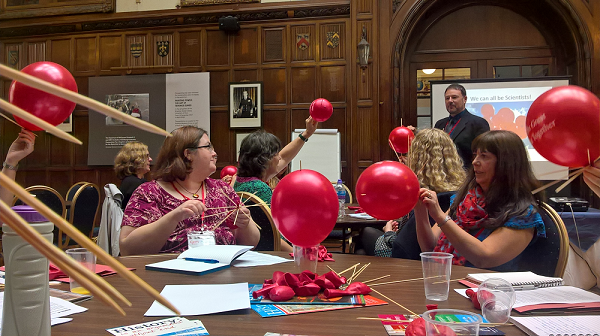
Lucy Shipp
GEM’s conference kicked off with a keynote speaker from Phil Batty, director of public engagement & legacy, Hull City of Culture 2017. He talked through the overarching journey Hull had been on, which in the year to date has raised the aspirations of the city and given 1 million visitors ‘permission to explore’. This set the tone for the conference, reflecting on successes of cultural learning in museums whilst drawing out challenges and opportunities ahead.
“What is heritage?” “Why are heritage and the arts important?”
Anita Kerwin-Nye, founder & director of Not Dead Fish questioned us on our own assumptions as museum educators, reminding us of the need for clear, succinct and strong arguments in advocating for heritage learning. So many of us who work in the sector are passionate about the arts and heritage, but in the day-to-day it’s easy to forget to explain why heritage and the arts are so important. For me heritage and the arts are critical in providing an opportunity for in depth engagement, new discoveries and personal exploration through research, creative outcomes or reflections. This is just a quick note from the top of my head, but I know there are so many more reasons why arts and heritage are important. I’d be interested to hear what you think. Anita also reminded us that, as well as providing many enrichment opportunities for students, museums are also fantastic for helping schools explore British Values, Social Moral Spiritual and Cultural (SMSC) development, and supporting place based curriculums.
Kate Fellows from Leeds Museums & Galleries and Laura Claveria from IVE (one of the 10 Arts Council England Bridge Organisations) gave an overview of the changes to Artsmark, a creative quality standard, open to schools, colleges & youth justice settings, and how in its new format it aligns with the Arts Council’s 7 Quality Principles. Within my work I run several Arts Award projects, so it was really useful to hear how we can work more in partnership with schools to help support them with their Artsmark applications, and know that Artsmark schools have shared ambitions to actively involve children and young people with arts and culture. Kate Fellows gave fantastic examples of joining up partner schools with arts and culture in Leeds, and linking them in with school curriculum planning.
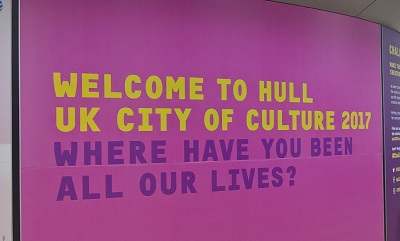
Jo McPhee
Whilst I enjoyed the many speakers and sessions at the conference, for me the highlight was Hull itself. Having never been before I took the opportunity to visit as many of the museums as possible, as well as spending time walking around the city to try and get a feel for it. As City of Culture 2017 it was fascinating to see the theoretical concepts of cultural regeneration and place making, which are so often talked about by funders and policy makers, in action.
From empty shops with artist installations in the windows, the proliferation of art, music and digital venues in the Fruit Market area of the city, and refurbished streetscapes incorporating art and sculpture, it is clear that funding, and a real focus on culture, has had a visible impact on the City. The museums too are playing a crucial role in this, holding and telling stories from Hull’s historic past, both locally and internationally, and providing a space in which to think about and explore the future. From talking to staff and volunteers in the museums and in shops, I got a real sense of the pride that residents feel for Hull, and their ownership of its history, culture and current standing on the world stage.
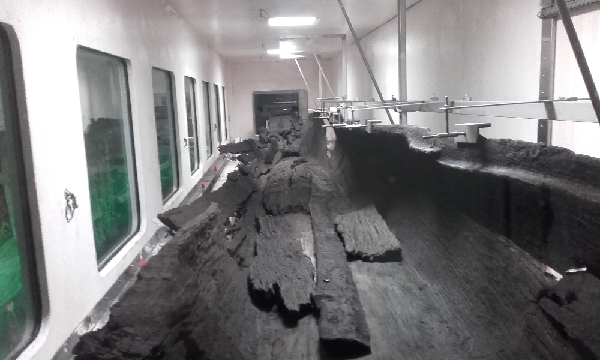
My favourite museum experience was Bill Bailey’s Cabinet of Curiosities, a temporary exhibition at the Maritime Museum. The exhibition is a great example of a co-curated project with local school children which really explores the idea of collecting, and the stories and meaning that we, as individuals and museums, assign to objects. But more importantly it had me laughing out loud in the galleries, which doesn’t happen enough in museums. Other museum highlights were the rhino wheelbarrow at the Streetlife Museum, the thought provoking displays at Wilberforce House, and unexpectedly coming across an Iron Age logboat in a conservation chamber at the Hull and East Riding Museum.
